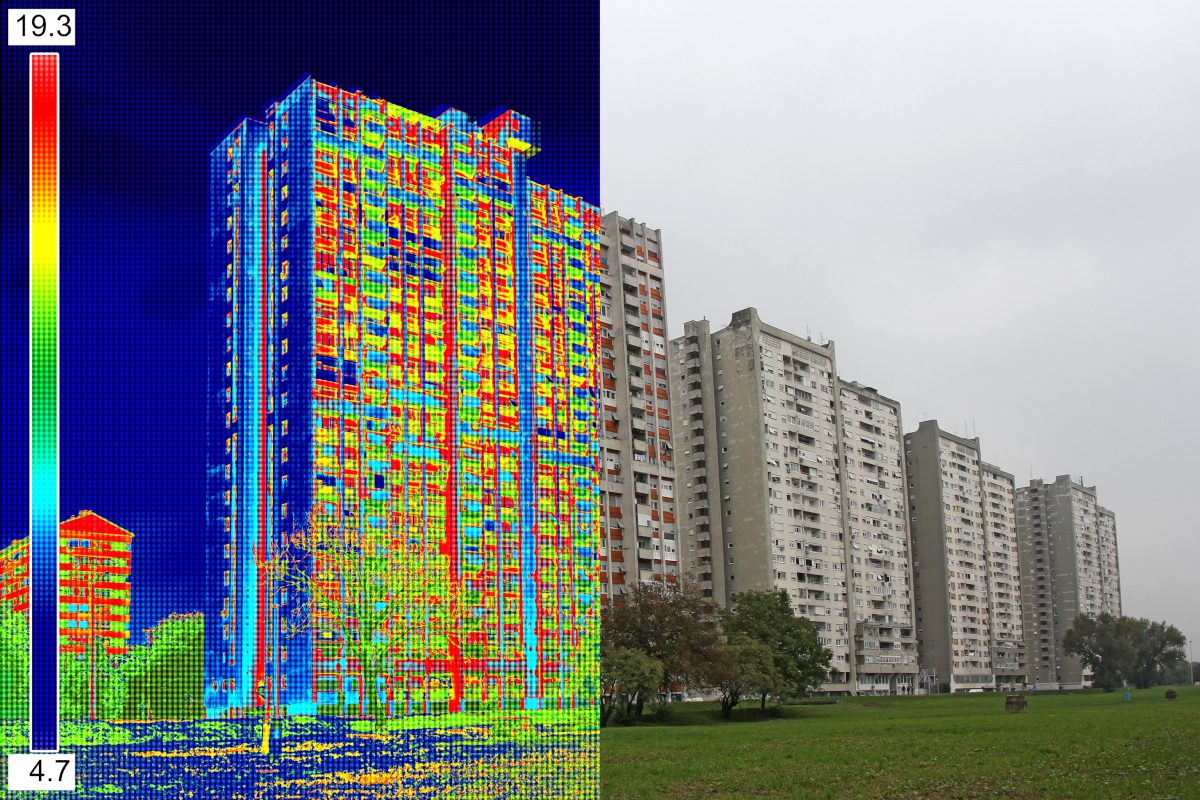Using gas hobs and ovens without adequate ventilation causes high levels of NO2 and PM around the home, according to a new study.
A paper published in Heliyon reported the findings, from researchers led by a team from the University of Birmingham.
The group set up air sensors in seven indoor and three outdoor locations in an Oxford-based house during March-June 2020 to observe different levels of NO2 and Particulate Matter (PM) over a period of 100 days. Data were combined with domestic activity logs to assess the impact of different chores – such as cooking and cleaning, undertaken by the householders and pollutant levels were compared the World Health Organization health-based guidelines.
Levels of NO2 were observed to be more than five times (562%) higher in the kitchen during the study compared to background levels, and four times (412%) higher than concentrations observed at the front of the house. The kitchen also saw guideline-breaking levels of NO2 each day during the study, and unventilated cooking with gas stoves and ovens were associated with peak air pollutants.
As with many households during the start of the pandemic, a spare bedroom was used as a study by the participants. Sensors in this bedroom observed the highest peaks of fine particles PM1 and PM2.5 in the house and activity logs show that the peaks also correspond with cooking activity as well as use of a printer. This suggest that pollutant emissions are travelling around the house, concentrating and accumulating in spaces with poor ventilation.
Dr Suzanne Bartington, Clinical Associate Professor in Environmental Health at the University of Birmingham and co-author of the study said:
“We were surprised by the high levels of particle pollution in the bedroom (used as a study) and the very high concentrations of NO2 from gas cooking in the kitchen which are higher than typical roadside concentrations albeit for relatively short durations. The key thing that we noted was that the high levels are associated with activities in the home and as a result there are both policy and individual actions that can be taken to limit indoor exposure.
“It seems what you do in the house may just as, if not more important, than where the house is for many around the country seeking to minimise their exposure to air pollutants.”
Dr Felix Leach, Associate Professor of Engineering Science at the University of Oxford and co-author of the study said:
“Too often when we think about air pollution, we think about road traffic and coal-fired power stations. However, we generate plenty of pollution in our own homes too. Thanks to the indoor environment, which is often very poorly ventilated – perhaps due to insulation efforts, this pollution can build up to far higher levels indoors than are ever seen outdoors.
“This study looks at how typical household activities can generate pollution that then moves round the house. I myself am much more mindful of my and my family’s indoor air pollution exposure as a result of having done this work.”
The research team acknowledge that the study was conducted during the first COVID-19 lockdown in March-June 2020. As a result, outdoor pollution levels were lower than the five-year average. In addition, there were higher levels of indoor activity with all residents working from home during the study.


















